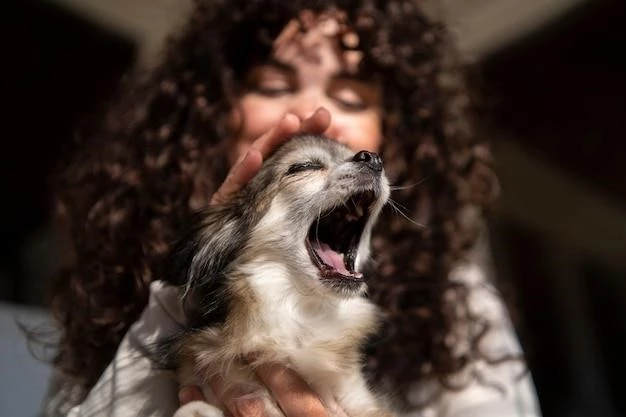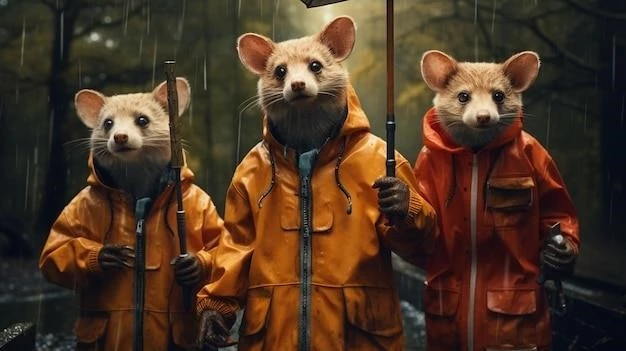From Wagging Tails to Threat Displays: Decoding Body Language in Animals
The animal kingdom is a vibrant tapestry of communication, often expressed through a complex language of body gestures. While we may not understand every nuance, deciphering these signals is crucial for understanding animal behavior and ensuring their well-being. From the playful wag of a dog’s tail to the subtle posture of a cat, body language reveals much about an animal’s emotional state, intentions, and social hierarchy.

The Language of Posture and Movement
Body posture is a fundamental aspect of animal communication. A raised tail, for instance, often signifies confidence and dominance in dogs, while a lowered tail suggests submission. In cats, a puffed-up tail can indicate aggression, while a slowly wagging tail signifies curiosity. These postures provide insights into an animal’s emotional state, helping us understand whether they are feeling threatened, playful, or relaxed.
Movement patterns also play a vital role. Rapid movements can indicate excitement or fear, while slow, deliberate movements suggest calmness or caution. For example, a bird’s rapid wing movements during flight can signal alarm, while a predator stalking its prey will move slowly and deliberately to avoid detection.

Vocalizations and Facial Expressions
While body language is often the primary means of communication, vocalizations and facial expressions can provide further clues. A dog’s bark, for instance, can convey a range of emotions, from friendly greetings to warnings of danger. A cat’s purr can signal contentment, while a hiss indicates fear or aggression. These vocalizations, combined with facial expressions such as dilated pupils, flattened ears, or bared teeth, offer a more comprehensive understanding of an animal’s message.
Species-Specific Differences
It is crucial to remember that body language varies greatly across species. What might be a friendly gesture in one species could be a threat display in another. For example, a dog’s playful bow, where it lowers its front legs and raises its rear end, is a friendly invitation to play. However, a similar posture in a wolf would be a dominant display, indicating a challenge for leadership.
Understanding the Context
Interpreting animal body language requires considering the context. A dog’s tail wag might signify happiness when accompanied by relaxed ears and a playful demeanor, but it could indicate anxiety if the dog is also panting heavily or avoiding eye contact. The environment, the animal’s social group, and the surrounding events all play a role in determining the meaning of their gestures.
Respecting Animal Communication
Learning to decode animal body language is not just about curiosity; it’s about respecting their needs and ensuring their well-being. By understanding their signals, we can avoid misinterpretations that could lead to fear, anxiety, or aggression. We can also provide them with the appropriate environment and interactions, allowing them to express themselves freely and live fulfilling lives.
Conclusion
From the wagging tails of dogs to the subtle postures of cats, the animal kingdom is rich with communication through body language. Understanding these signals is crucial for building a harmonious relationship with animals, respecting their needs, and ensuring their well-being. By paying attention to their postures, movements, vocalizations, and facial expressions, we can unlock the secrets of their silent language and foster a deeper understanding of these fascinating creatures.










